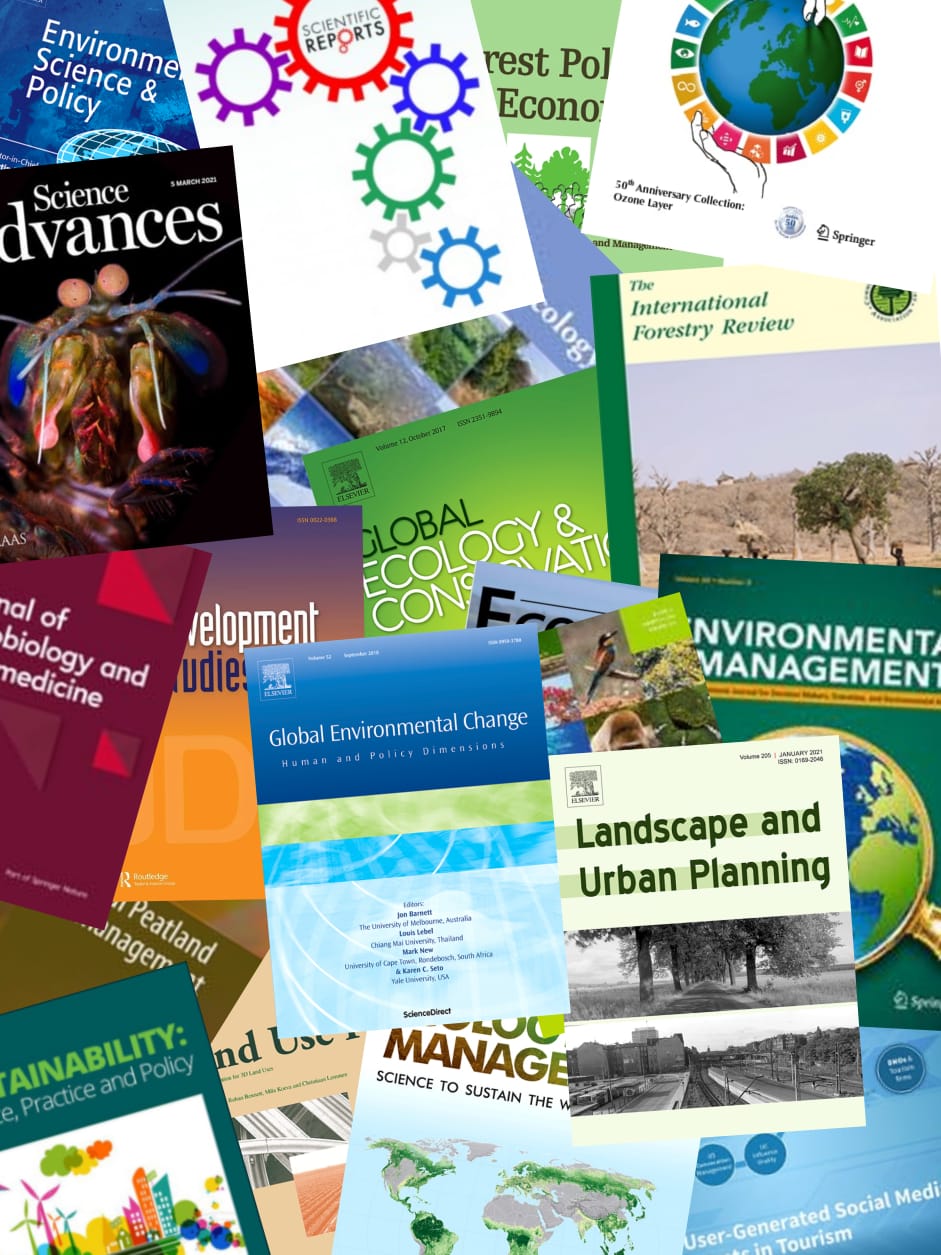Indian agriculture has witnessed a paradigm shift in the agricultural productivity from the 1960s onward with the introduction of quality seed of high-yielding varieties which helped in achieving the goals and impacts of green revolution. However, in addition to the inherent bottlenecks in agriculture, yielding a plethora of emerging problems has slowed down the smooth pursuance of enhanced productivity. And that is why the need of a second green revolution in Indian agriculture has been emphasized. The second green revolution is possible through effective resource utilization. It is universal that without high-quality seed, utilization of other resources and better technologies remain ineffective. Seed being the foremost requirement, with its quality and availability, plays the most critical role in realizing the targeted production level of second/evergreen revolution. Among these, the burning issue of climate change and its probable consequences on quality of seed as well as on seed production itself has not received importance till recent past, but the problem is very real. Seed quality comprises of several parameters, viz., physical and genetic purity of seed, seed germination, viability, vigor, seed health, and appearance like size, shape, weight, and color. Each of these parameters depends on climatic variables prevailing during the entire crop growth period, harvest, subsequent seed processing, and storage. The weather aberrations particularly during seed setting lead to severe fluctuations in overall seed production and subsequently on its quality. If the climatic factors are adverse, resultant loss in quality and quantity of seeds upshot to lower market value and nonavailability followed by decreased crop area and poor crop harvest. This in turn severely affects both food and nutritional security of the nation as well as the economy of farmers. On the other hand, according to the Intergovernmental Panel on Climate Change report, the Himalayan ecosystem is one of the highly vulnerable zones after coastal ecosystem to climate change in India. The socio-economic condition of hill depends mainly on agriculture. Therefore, owing to its importance and need of time, in this chapter we reviewed the potential impacts of climate change on seed setting and quality parameters, which ultimately alters seed production and performance, as well as the plausible strategies, combining the traditional and modern knowledge bases to combat those issues in a holistic way. © Springer Science+Business Media Singapore 2016.
View source

